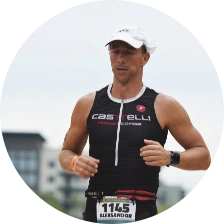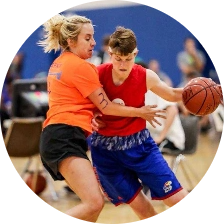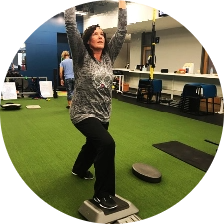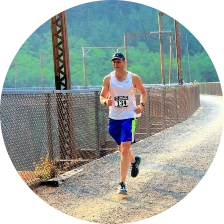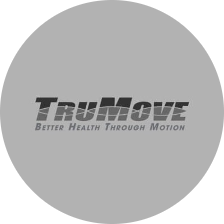Services
Therapy for Spondylolisthesis
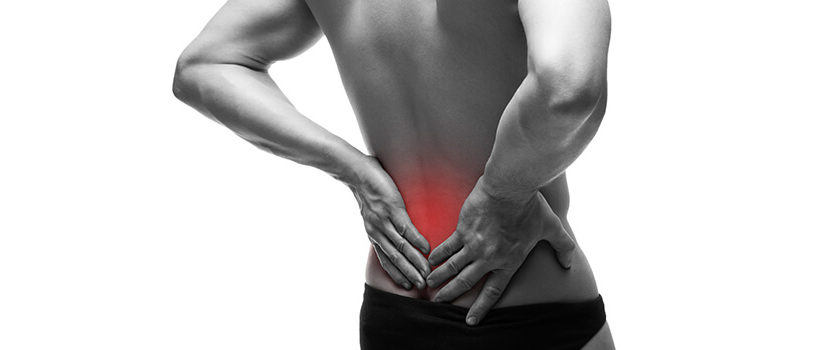
Spondylolisthesis is a condition that results when one of the lower vertebrae slips out of position and rests on the vertebra below it.
It is typically characterized by lower back pain, muscle spasms, and numbness in the foot.
Individuals with spondylolisthesis may experience difficulty raising their leg straight during simple exercises. Spondylolisthesis therapy can help relieve symptoms and prevent future complications.
Causes of Spondylolisthesis
Causes of spondylolisthesis vary depending on age, genetics, and lifestyle. A person may be born with a defective vertebra and never experience any symptoms from it. Alternatively, others may develop symptoms as they age or as the result of injury.
- Typical causes include:
- Tumors
- Spondylolysis
- Joint injury from arthritis or illness
- Fractures from injury
- Bone degeneration from overuse or aging
- Birth defect
Symptoms of Spondylolisthesis
The following are some signs of spondylolisthesis:
- Weakness in one or both legs
- Tight hamstrings
- Pain in the lower back or buttocks
- Lordosis or increased inward curve of the spine
- Difficulty walking or running for long periods
- Bladder or bowel incontinence
- Back pain that radiates to one or both legs
IMPORTANT!
Don’t go another day with back pain, burning, tingling, aching pain in your feet, neck or back. Learn how thousands of Americans are getting LASTING relief without pills or surgery. Avoid the 55%+ failure rate and get all the facts!
Diagnosing Spondylolisthesis
Diagnosis begins with a careful review of the patient’s medical history and a physical examination.
X-rays of the lower spine are essential for discovering potential bone fractures and checking if the vertebra has slipped out of place. If the misplaced bone is found to be pressing on the nerves, a CT scan may be necessary.
Traditional Treatments
- Medication– Doctors usually prescribe over-the-counter nonsteroidal anti-inflammatory drugs (NSAIDs) such as ibuprofen or naproxen to bring relief from spondylolisthesis pain.
- Injections– Epidural steroids are injected to send strong anti-inflammatories directly into the affected nerve root.
- Surgery– Surgical options for spondylolisthesis typically involve spinal decompression, with or without fusion. It involves removing bone and disk from the spine, to give the nerves more space inside the spinal canal.
- Bracing– Bracing is commonly recommended for children. It stabilizes the spine where the vertebra has slipped and limits movement so that fractures can heal.
TruMove
Most traditional treatments only have a 45% success rate which is why our goal is to provide you with safer and more effective treatment options. Our procedures are designed to locate the underlying cause of pain to soothe the irritated nerves, restore function, and stabilize the spine.
Full-body Movement Assessment
Successful healing begins with discovering the root cause of the patient’s pain. In most cases, pain in one area is only a symptom of a larger issue. In a full-body movement assessment, the source of the problem is identified by examining the movement of nearby or connected parts. This allows movement to be restored and the body to complete the healing process.
Hands-on Manual Therapy
The Superior Method employs the help of a trained therapist certified in functional manual reaction. The therapist uses their hands to facilitate proper motion, improving areas of restriction. This is similar to deep tissue massage, but it incorporates movement.
Prescriptive Home Exercise Program
The Superior Method aims to educate patients on how the body moves to safely ease pain and restore function. With our smartphone app called Movement RX, we empower patients with the knowledge and tools needed to attain long-term physical freedom. All of the instructions provided by your physician will also be video-recorded and sent directly to your email or mobile device.
Applied Functional Science
This principles-based method is designed to improve how the mind, body, and spirit work together to facilitate complete healing. All Superior Physical Therapy providers are Fellows of Applied Functional Science through the Gray Institute. This organization is led by the reputable physical therapist, Dr. Gary Gray.
Deep Muscle Stimulation
Mechanical vibrations that penetrate deep into the muscle tissue enable tissue regeneration and improve the lactic cycle, which is one of the most common causes of pain. The procedure also helps boost circulation and lymphatic flow to alleviate pain.
Dry Needling
A fast, safe, and virtually pain-free method to reduce pain and address musculoskeletal presentations. In dry needling, trigger points or local contractures are stimulated by monofilament needles.
McKenzie Therapy
The McKenzie Method® of Mechanical Diagnosis and Therapy® (MDT) is a distinguished and internationally researched method of diagnosis and treatment for spinal and extremity musculoskeletal conditions. Created by New Zealand Physiotherapist Robin McKenzie, this system has been used globally for over 60 years. MDT-certified clinicians assess and treat all types of musculoskeletal disorders including complications in the spine, muscles, tendons, and extremity joints.






